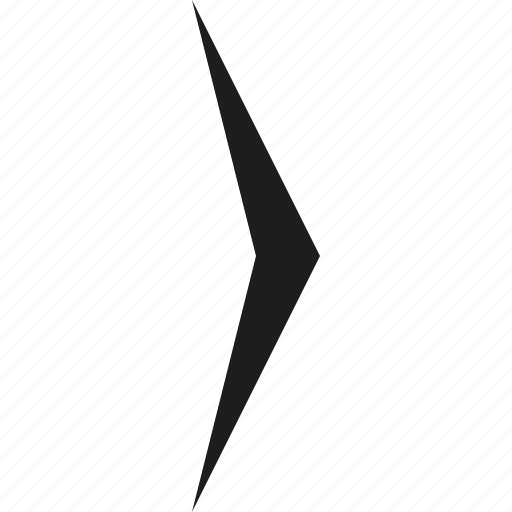Careers
The Fuller Project is a leading global nonprofit newsroom dedicated to groundbreaking reporting on women. We partner with national and international news outlets to publish journalism that elevates women’s contributions, confronts injustice, and spurs citizens to hold governments, corporations and other institutions accountable.
We are an equal opportunity employer and we value diversity of all forms in our newsroom.
Join our Team. Make an Impact.
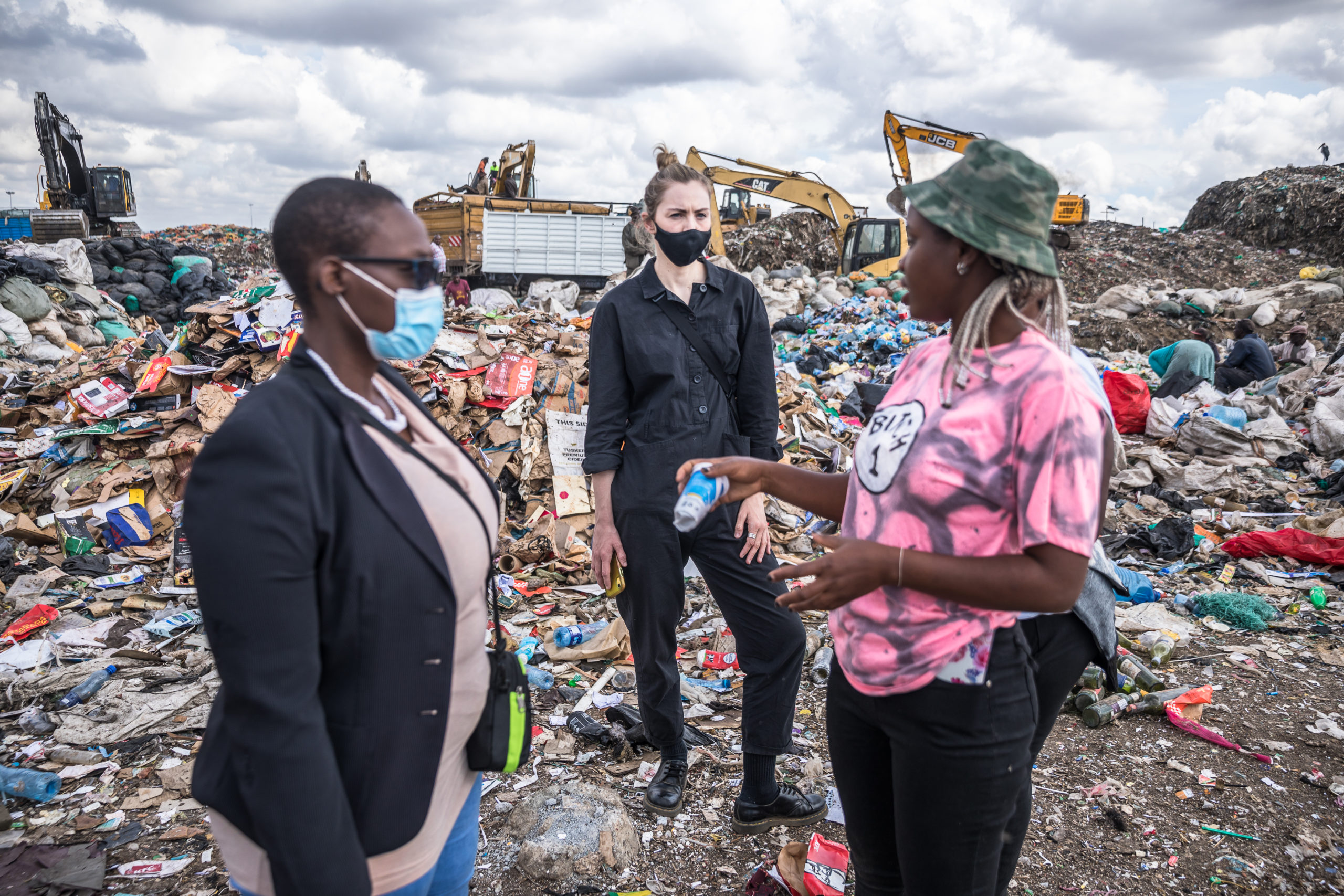
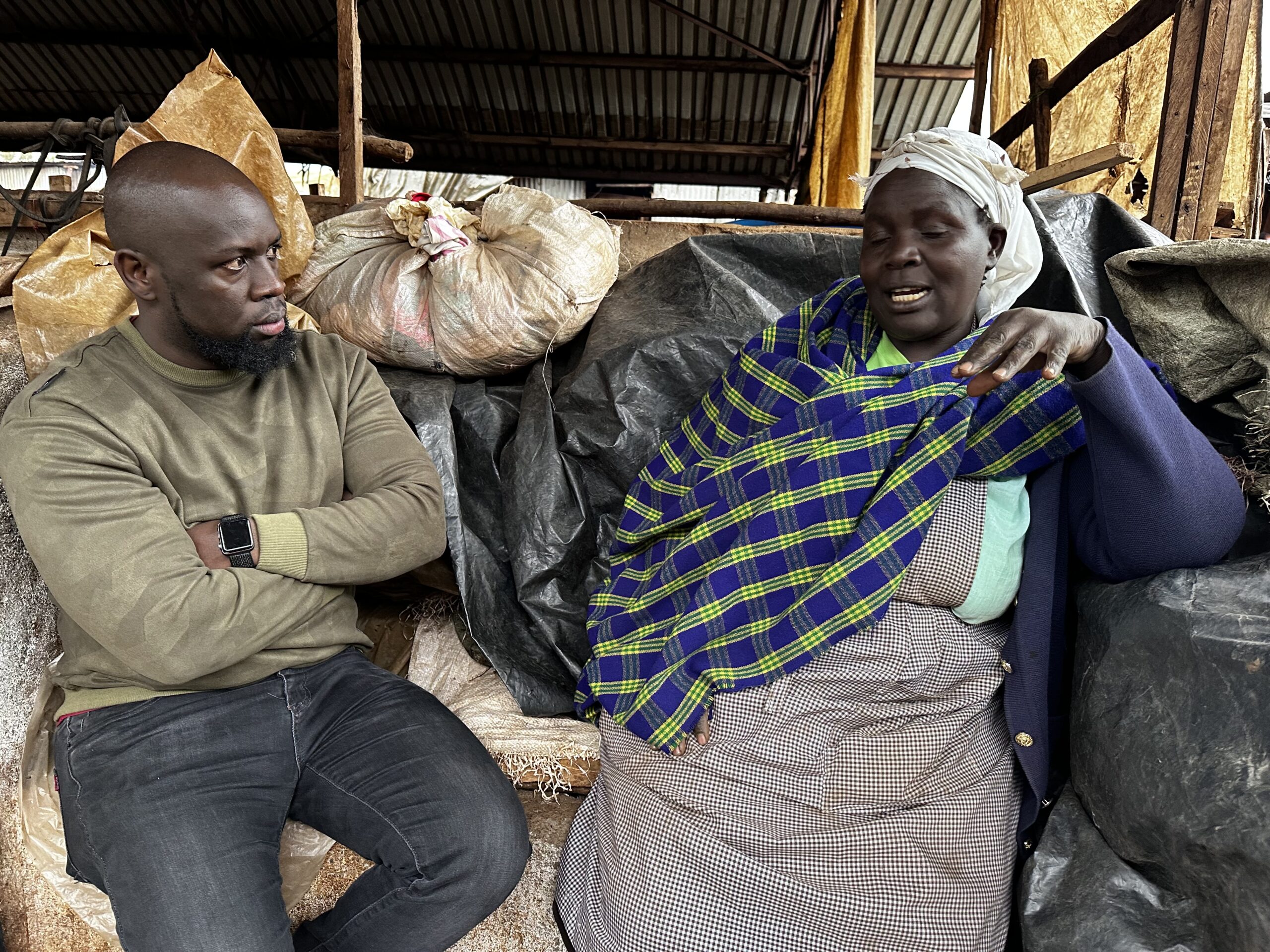
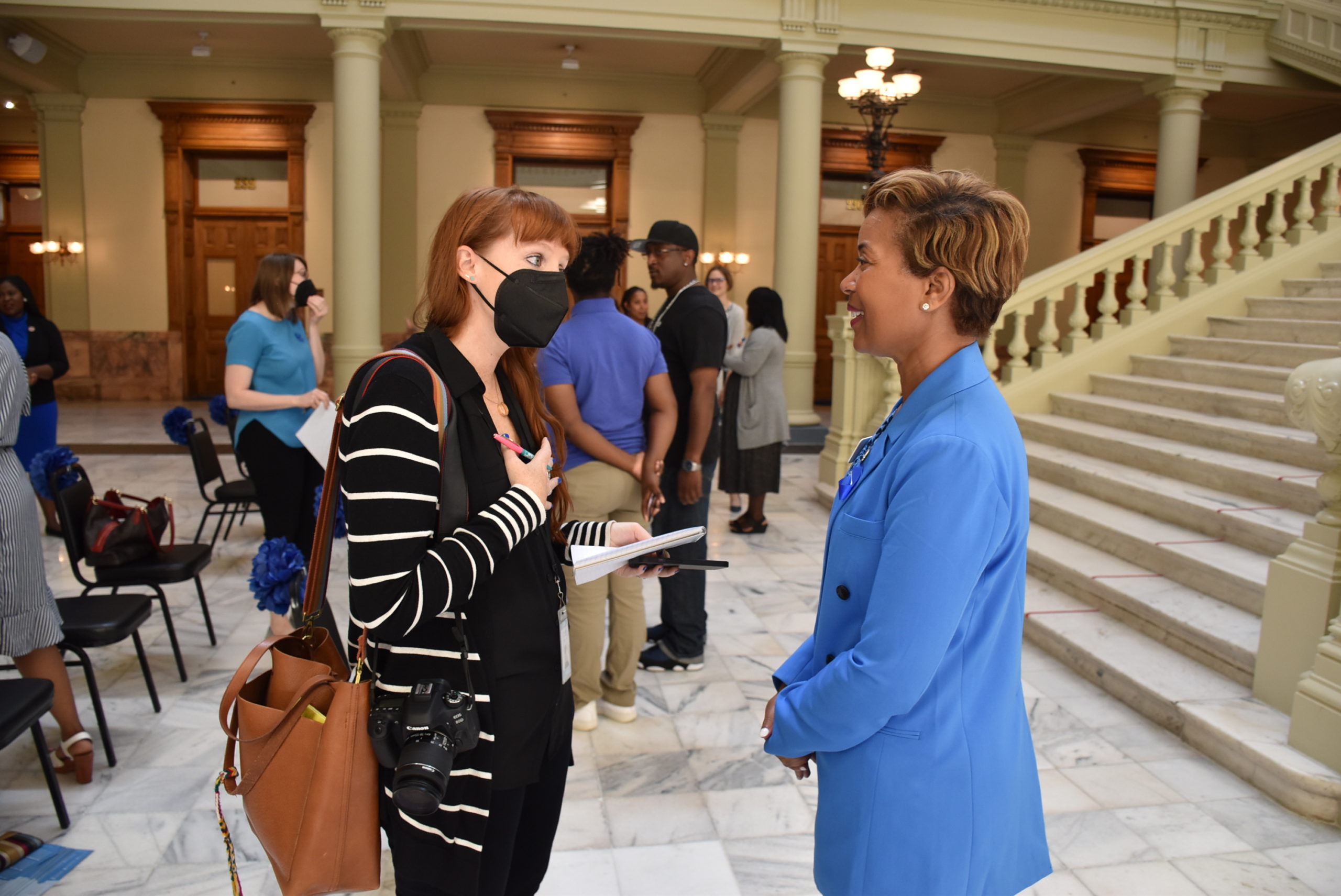
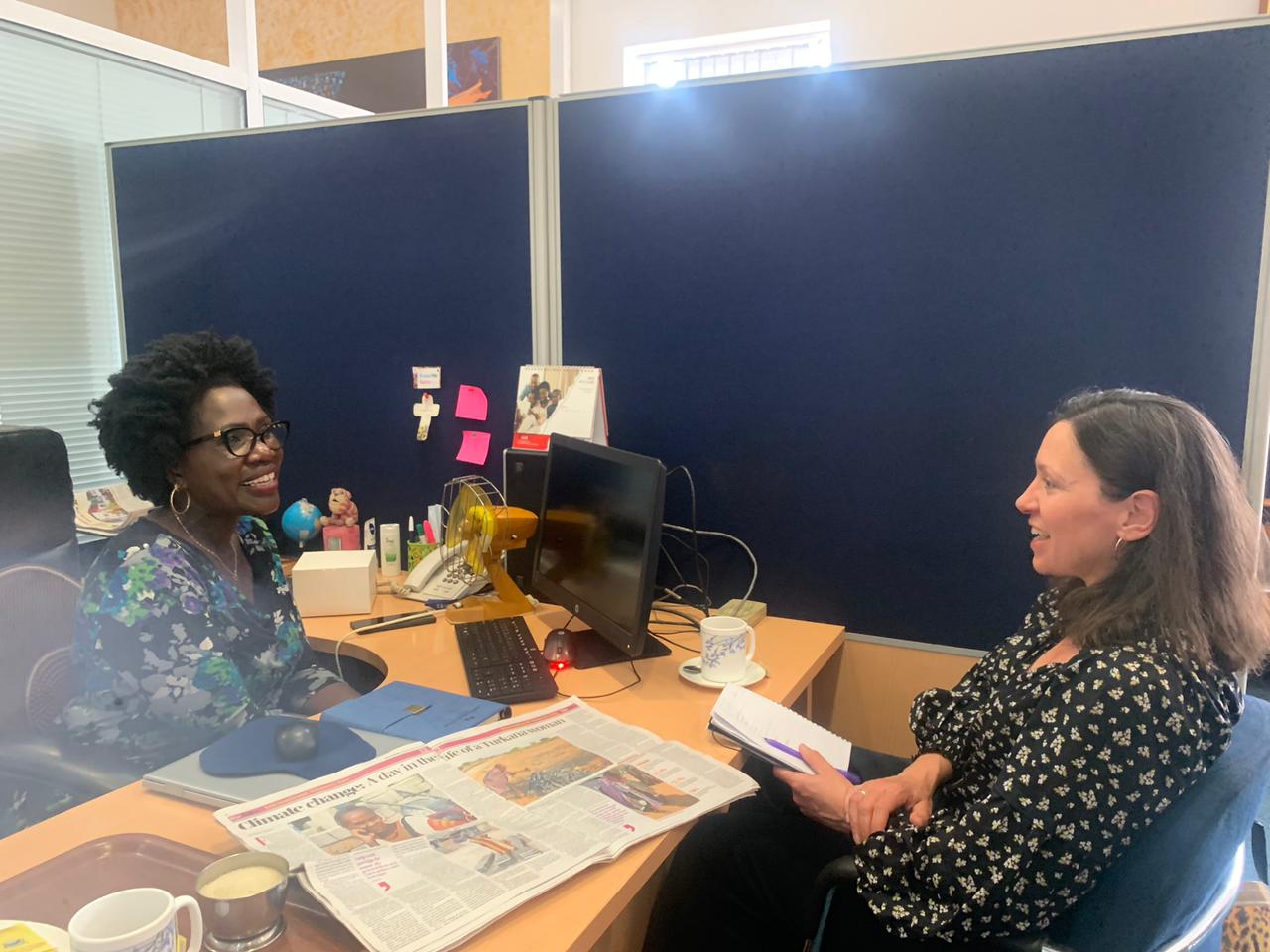
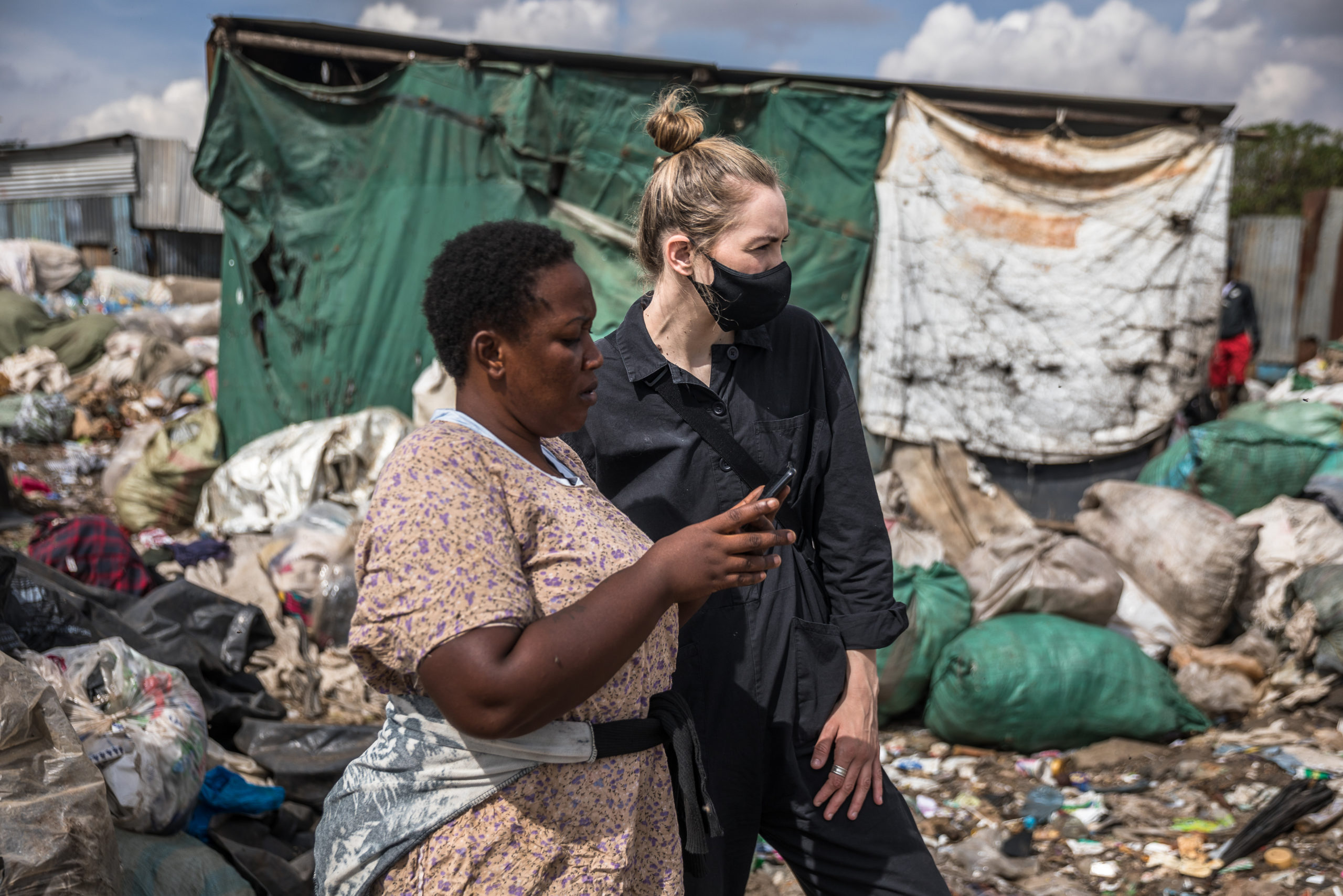
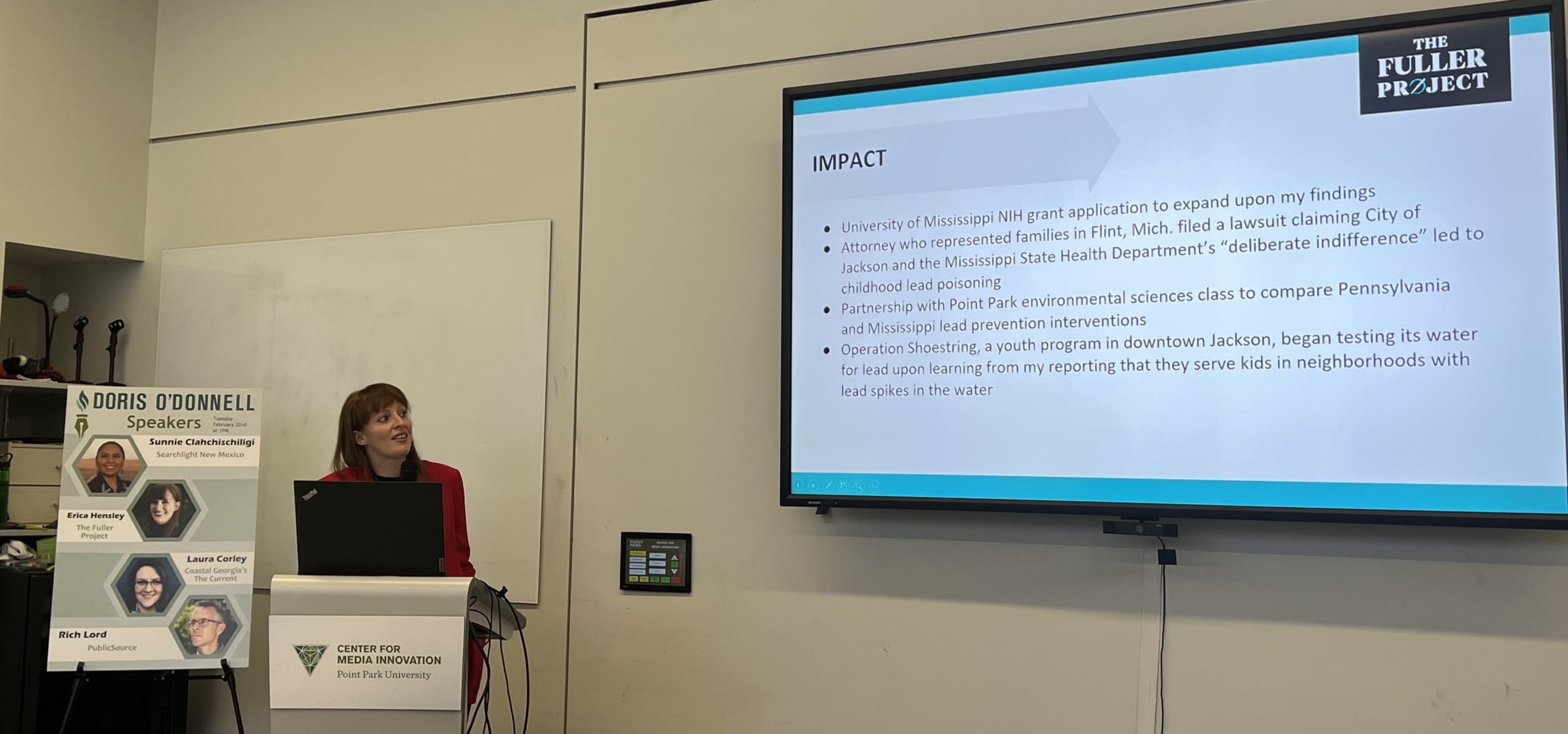
Current Openings
Jobs
No openings currently available. Please check back later.
Internships
No openings currently available. Please check back later.
The Benefits of Working At The Fuller Project Include:
Competitive
salary
We regularly review our compensation against research for the nonprofit newsroom sector for equity and competitiveness.
Professional growth
Our team has access to organization-wide workshops, guest speakers, and support for training.
Flexible and inclusive holiday schedule
Our team takes their holidays based on their individual country-specific, cultural and religious beliefs.
Paid parental
leave
We support parents with new little ones on our team, along with a transition period for their first month back.
Meet our People
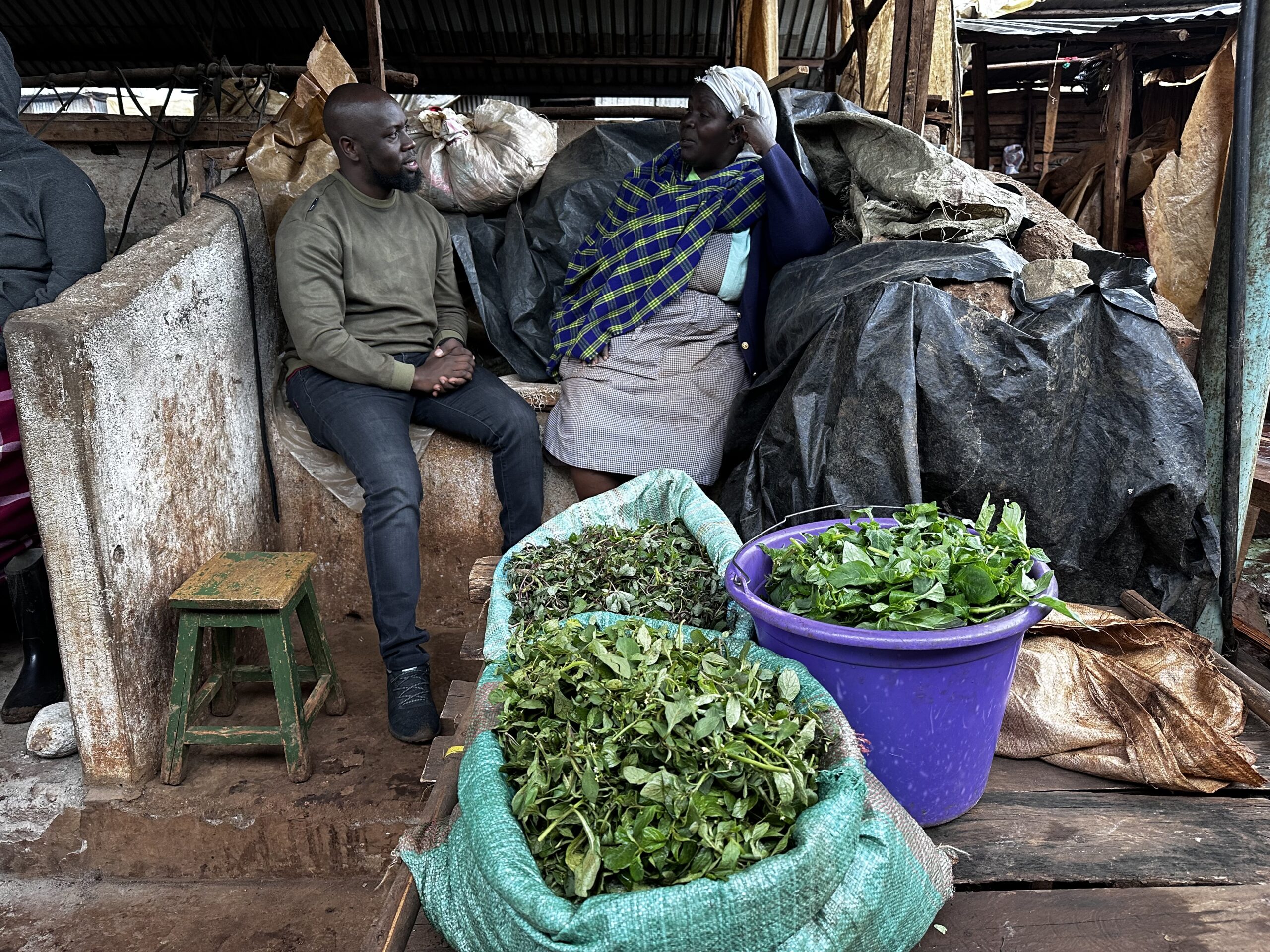
The Fuller Project understands the importance of collaboration and co-bylines in its reporting structure. This makes it easier to focus stories on impact and accountability.
Allan Olingo
East Africa Bureau Chief
Allan Olingo

Q. Your work often covers economic and political issues across East Africa. What drew you to these topics, and how do you choose which stories to pursue? Or what are the most important issues you are looking at now?
Politics and economics are at the heart of our daily lives and affect us directly, usually through policies. As a journalist, you must be aware of this. So, when I come up with stories, I tend to focus on issues that affect women because of these policies. Now, I focus a lot of my investigations on rights abuses, labour issues and climate change, the latter of which is very important because it affects women across the board.
Q. What impact do you hope to have from the stories you cover?
Given the scope of these stories, I expect to see policy changes at both state and corporate levels. I hope that through my reporting, women will be treated better and with dignity in their workplaces, and that policies will change to protect their human and economic rights.
Q. Why is reporting with a gender lens so important?
Covering more stories through a gender lens helps to promote gender equality and increase representation in society. When women are underrepresented in media coverage, it perpetuates harmful stereotypes and biases and, worse, inhibits change and progress. My aim is to use my reporting to try to break down these ingrained stereotypes and beliefs that dominate social structures, and to give a voice to women and the issues that affect them. The goal here is to change narratives by giving voice to those who would otherwise be ignored.
Q. How do you engage with sources when investigating a sensitive topic?
Trust is key when dealing with sensitive investigative projects. I listen carefully and empathetically to sources. This is important because they are usually dealing with sensitive issues and it pays not to interrupt, judge, or make assumptions. I am always prepared to answer any questions or concerns they may have about the story or its implications. This is how I earn their trust.
I also assure them of anonymity if the subject requires it, so that they can speak freely. I also keep them informed about the progress and publication of the story. It goes a long way to just walk with them through the investigation journey.
Q. How is The Fuller Project different from other news outlets?
I came from a newsroom where the volume of stories produced was more important than their impact. But The Fuller Project understands the importance of collaboration and co-bylines in its reporting structure. This makes it easier to focus stories on impact and accountability. The Fuller Project also prioritises partnerships and cross-publishing, allowing a wider audience to access our investigative, both locally and globally.
Q. What do you find most rewarding about working at The Fuller Project?
Working with a group of brilliant and positive colleagues from all over the world is one of the most rewarding experiences of working at The Fuller Project. Secondly, I now have the satisfaction of knowing that my journalism is having a positive impact on women’s lives, which makes it very worthwhile.
Q. What attracted you to the field of journalism?
Journalism is both a profession and public service. I was attracted by the public service, and I am glad I made a profession out of it. Giving the voiceless a voice is what I always wanted to do, and I have centered my reporting and practice as an editor around this.
Q. How do you spend your free time?
I am a gym rat. So, I spend my free time working out at the gym. I’m not looking to bulk up, so it’s always just basic weightlifting with lots of cardio! I also like to read. I love long reads, and The Atlantic is my go-to in my spare time.
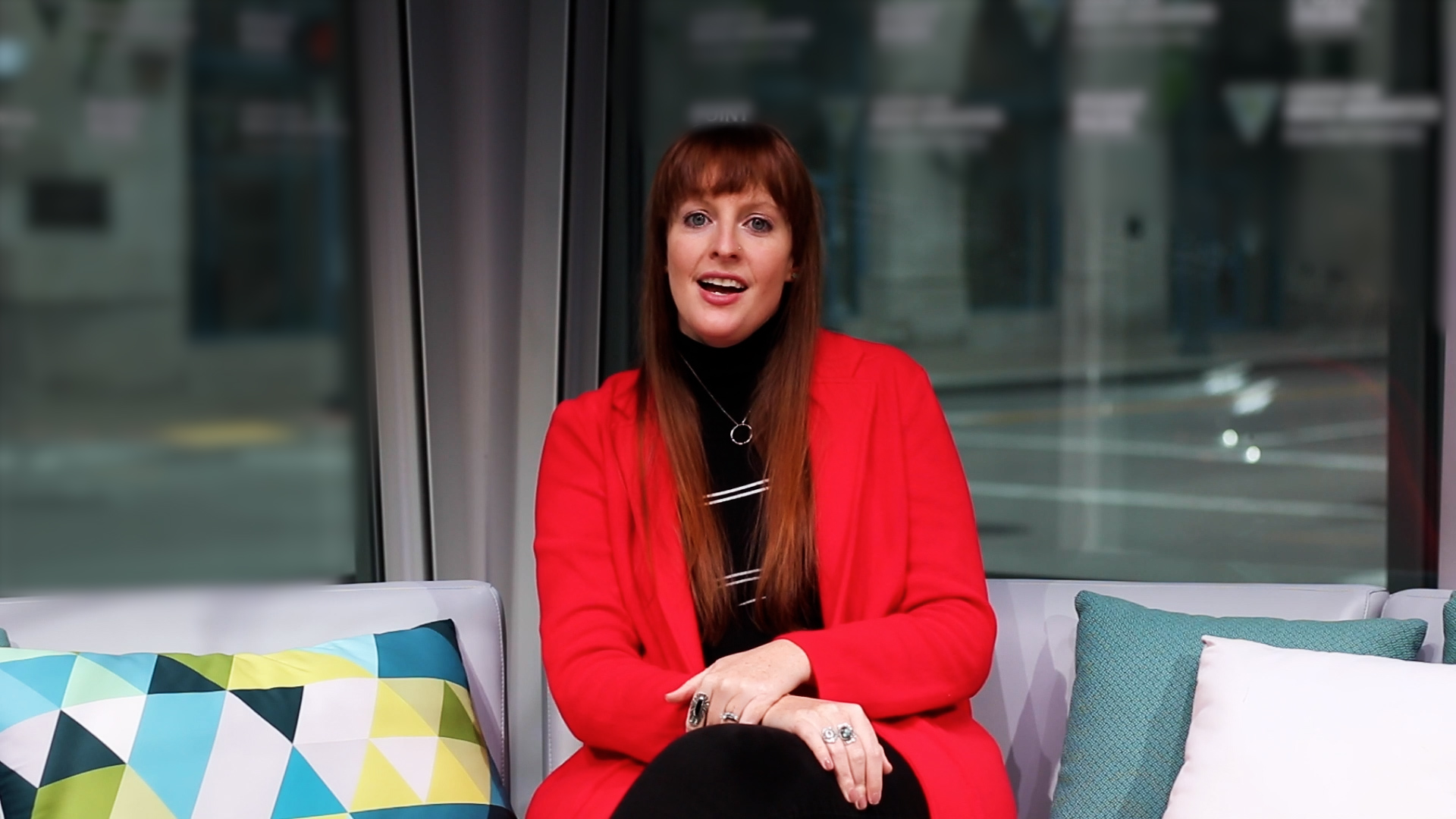
It’s the shared mission in more fully representing women. You just don’t have that commitment elsewhere.
Erica Hensley
Public Health and Data Reporter
Erica Hensley

Q. What is the mainstream press missing about women’s health in the South?
A. Women’s health gets oversimplified across the board. That’s happening whether you’re in California or Mississippi. Reproductive health care, including abortion, gets sort of siloed off from general women’s health care. But in reality if you’re accessing any of this — whether it’s an STI test, a breast cancer screening, trying to access an abortion — oftentimes these all happen in the same place. Yet for whatever reason, they get pulled apart and siloed into different areas. In particular in the South, where access is limited, especially now that Roe v. Wade is overturned and many states have outright banned abortion, it’s even more important that we understand where those access points are, and where they’re not.
Q. Why is reporting on reproductive health and equity so important? What type of impact do you hope to have from the stories you cover?
A. The only way to report on reproductive health is with equity in mind. If two people in Jackson, Mississippi can’t access the same services, especially because those services are so limited, equity is not there. Justice is not there. Access is not there. So it’s like any piece of health care — if you’re not looking at it through an equity lens, you’re missing it.
The impact I want from these stories is to get people information they need to access care. And that’s why I think my partnership with Reckon South and Alabama is so important, because they have that community trust. I want people’s eyes on the stories that can learn something: either about how to access care themselves, or learning something about how their neighbor accesses care, or struggles to access care. And then secondly, the policy changes that can come when we have a groundswell of support from reporting. And when policymakers get involved — if I can write about, for example, the maternal mortality review committees not counting suicides and overdoses — the more we can draw attention to that. And (A), give patients the information they need to advocate for themselves in the exam room, but (B) more broadly draw that attention up to stakeholders and policymakers. I want that policy to change. I want maternal mortality to be more inclusive with its data so we can prevent more maternal mortality.
Q. What’s the most important element you include in each of your stories?
A. A lot of it comes back to insurance access. I did not get into health reporting to talk about insurance policy, but it is 100% relevant in every single story. And whether that is about Medicaid and Medicaid expansion, or if it’s about the barriers — ones even folks with good insurance that’s provided through their job struggle with — it just goes back to how healthcare is delivered in this country. And insurance is a huge piece of it. As wonky and frustrating as it can be to talk about, I really try to find ways to make it simple and understandable, while still bringing the context and the nuance across that it’s an integral part of healthcare.
Q. What can you do at The Fuller Project that you couldn’t do elsewhere?
A.
What I can do here that I couldn’t do at other organizations, which is really cool, is start to draw the comparisons and themes regionally, nationally and internationally. I think every reporter is looking for patterns and trends, and that’s really important in healthcare and in women’s healthcare, particularly. But if you’re not at an outlet that lets us zoom out a little bit, you’re kind of missing those deeper connections.
Q. How did you become interested in data reporting and how did you learn to do it? What skills are required?
A. I am a proud self-taught data journalist. I flushed out the skill by realizing every story on the health beat was requiring data. So (A), I might as well not be scared of Excel. And (B), I need to visualize this for people. Finding those patterns and connecting the dots literally through data visualizations. I was in grad school at the time, and just started forcing myself to take some data and data analysis and even some spreadsheet courses. I realized I had a knack for it and I kept building on the skill, whether it was going to a conference and catching a very small intro to coding course, or helping other reporters do more with data, it honestly helped me get better at it by really refining the skills that were super important. The driving force for me is being able to visualize it in a way that helps readers connect.
Q. What’s the best thing about working at The Fuller Project?
A. It’s the shared mission in more fully representing women. You just don’t have that commitment elsewhere. Even in places that have gender beats and understand the importance of covering women well, it just goes unsaid that that’s a part of what they do, because they have female reporters or female editors or a reproductive health beat. But that’s not enough. It needs to be very explicit and intentional, and mission driven. We need more organizations like The Fuller Project because we can’t do all of this on our own globally. Whenever I tell anyone that we focus on women, their eyes just light up, because they know that that’s so important and missing elsewhere.
Q. You participate in a lot of speaking events. How do you prepare yourself to speak in front of crowds?
A. By preparing a lot in advance, and then knowing when to stop. Like most reporters, I can over-prepare and over-analyze, but when you talk to people, they just want to be able to relate to you and to connect to what you’re talking about. And because our mission gives me so much fodder there, I can relax knowing that I’m going to have a captivated audience. As long as I’m in command of what I’m talking about, I really rely on how cool our organization is to get the ball rolling at that event, and people are always just so excited by it.
Q. What’s your best interview technique when talking to people who have experienced a traumatic event?
A. Leading with mutual trust, curiosity and empathy, listening rather than extracting, and being completely open with that person about that experience to the extent that you can. We have to maintain journalistic standards. But when we’re asking someone to relive their trauma so we can write a story about it, we have to be so intentional with that person and know that they don’t have to be giving us this kind of access. And I take that job very seriously.
Q. You report on a lot of important but heavy topics. What are some of the things you do to decompress?
A. I really like to be outside, I have a really nice garden. And I make sure to exercise and take care of myself and spend a lot of time with my husband and my cat, whether it’s watching TV, or my husband and I like to play chess. So just knowing when to step away and knowing that if I’m not taking care of myself, I’m not going to be taking care of anyone else, story or otherwise. And I think a lot of reporters really struggle to learn that, because our job is 24/7. The need is always there, but if we don’t know when to walk away, we’re not going to last. And my priority is first and foremost, myself and my family, and then my job, so I can do that job.

It’s a meeting of minds: everyone really cares about great journalism and serious reporting about women.
Louise Donovan
Reporter
Louise Donovan

Q. Did you always want to be a journalist?
A. Weirdly, I did always want to be a journalist. I’m not really sure how I knew that because I didn’t really grow up in a household around other journalists or writers. I always think I don’t know how I knew that. But I did, I was always reading newspapers and magazines and that kind of thing.
Q. You’ve been interviewed for BBC Woman’s Hour, NBC News Now and It’s All Journalism, just to name a few. What quirky or fun things do you do to help prepare yourself for big interviews?
A. I find those things quite stressful. What has helped is practicing, just distilling my story down to four key points about what I want to get across. I’m just hammering them home in my own mind, so that no matter what question is thrown at me, I can make sure I’m getting the points that I want to get across. It’s not really quirky or interesting. It’s quite boring! It’s just practicing. Just writing things down and going over it in my head and saying it out loud.
Q. What’s the best lesson you’ve learned when traveling abroad to report on certain issues?
A. When I was reporting in India, something that I learned quite quickly was that you have to think about what you’re wearing.I’ll never forget, I had an Adidas t-shirt on one time to meet a senior women’s rights lawyer and someone in the room commented on it. That was a very quick learning curve for me. I wasn’t dressed inappropriately, but it was too casual. You want to make sure you’re dressing so you don’t stand out and that you’re assimilating in every way you can.
Q. Some of your stories have had a major impact in which the lives of women were ultimately saved because of your reporting. Which of your stories has personally impacted you in a way you weren’t expecting?
A. My recent story in partnership with TIME. I was humbled and amazed that these women risked their livelihoods. There’s high unemployment in Lesotho, and they didn’t know who I was — I was just some person who didn’t even live in their country. They were so willing to try to improve things in the factory. They were patient and willing to keep helping us and talking to us, and then the floodgates opened: more and more women wanted to talk to us. It was very brave of them. It’s very humbling and very touching.
Q. You have used some unconventional techniques for storytelling – like finding your central characters on Tik Tok. What inspired you to find sources on Tik Tok?
A. I was obsessed with it and on it all the time. I got bored of the other social media apps because TikTok seemed to be the most fun; I wanted to do stories about it and on it. It took me a little while to figure out how to go about it though. After endless scrolling, I fell down lots of rabbit holes looking for stories. It was my own boredom and the pandemic and slight obsession with TikTok. I was like, “I don’t know why everyone else isn’t on this app. This is a great resource for sources.”
Q. What advice would you give to a reporter who wants to cover gender, but doesn’t know where to start?
A. Start small and start within your area, city or country. You don’t have to go abroad to do these huge, spectacular stories. Start small and make connections and contacts. You start building a bit of a foundation. That’s how you end up eventually doing these kinds of insane stories. You’ve built the foundation, and then it makes sense for you to get there.
Q. What is the best thing about working for The Fuller Project?
A. It’s a meeting of minds: everyone really cares about great journalism and serious reporting about women. Everyone’s always up for discussing something and thinking about new ways of covering it. There’s a lot of energy and enthusiasm to write these stories. And that’s a nurturing place to be, especially given the current state of the industry, especially with cuts and things like that.
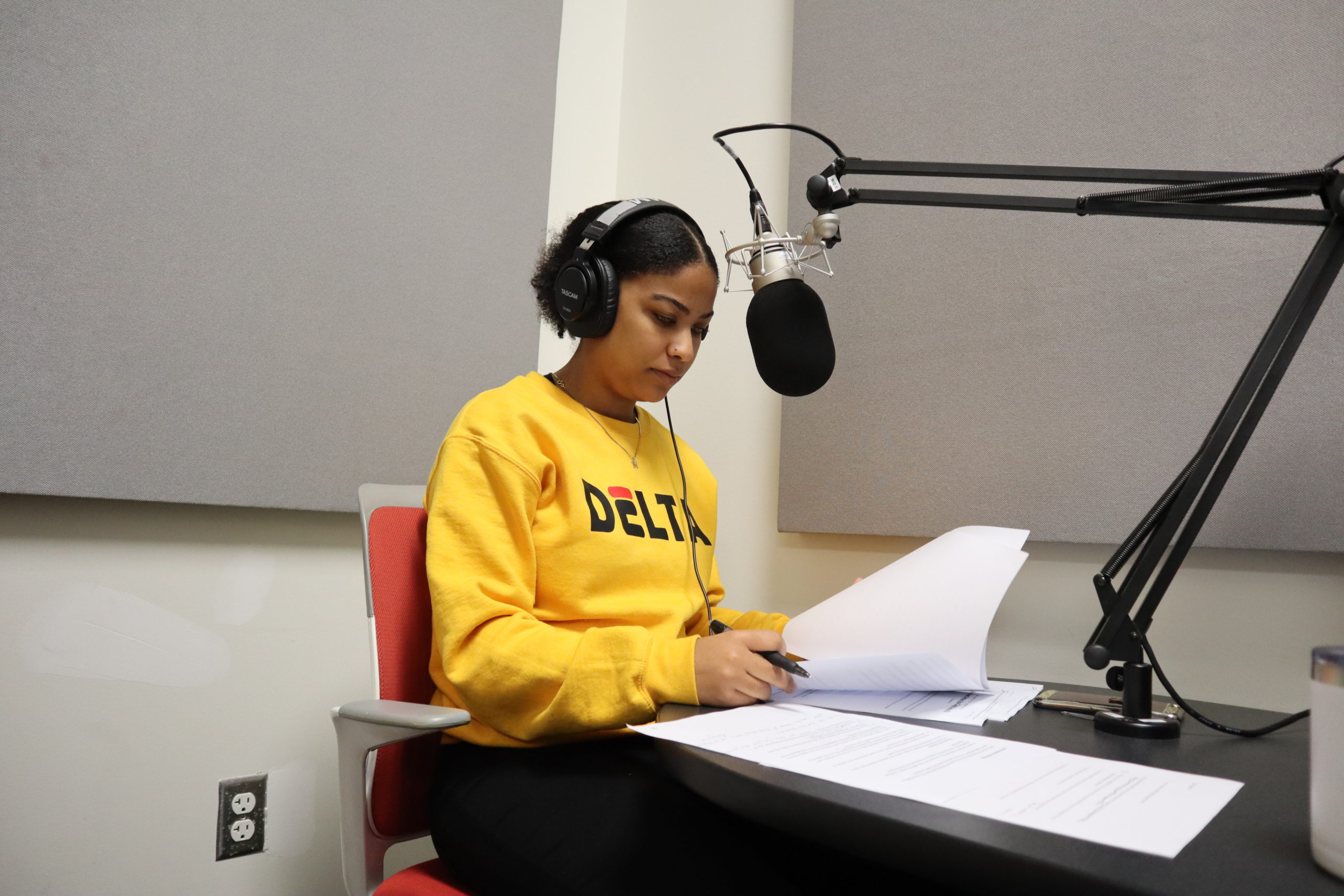
Not only do I get to help The Fuller Project reach new heights, but I’m constantly being pushed to expand my skill sets and try new tasks that are out of my comfort zone.
Mariyah Espinoza
Sr. Comms & Marketing Officer
Mariyah Espinoza

Q. What drew you to The Fuller Project?
A. I first found out about The Fuller Project while I was in grad school. I had read some of their reporting and was instantly impressed by the investigative stories that were being covered on women. By the time I finished grad school, the pandemic caused the nation-wide lockdown so most places were on hiring freezes. I had thought about The Fuller Project and sure enough, there was an opening to join the team.
Q. What part of your job do you find most enjoyable?
A. I find working on creative projects to host on our website and share with our audience to be the most enjoyable: it allows me the opportunity to be creative and think outside the box to showcase the amazing work that The Fuller Project does. I’m a people person, and with these projects I get to work collaboratively with colleagues in different departments. It’s so cool and exciting to see the projects come to life after building them from the ground up.
Q. What motivates you at work?
A. My colleagues, along with our mission, motivate me at work. Part of our mission is to connect the stories of women everywhere, bringing those stories to people all over the world through our partnerships. Part of my role as a communications associate is to help foster those relationships and find new ways to grow our audience.
Q: What skills have you developed at The Fuller Project?
A. Some of the skills I’ve developed included proficiency with Content Management Systems like WordPress, learning how to utilize research to develop and execute marketing campaign strategies, and how to effectively establish and maintain outside media relationships.
Q. How does The Fuller Project contribute to making sure you maintain a healthy work-life balance?
A. The Fuller Project operates with a family-like dynamic where everyone is always checking in on one another, not only about the work that we’re doing but also about our lives outside the office. My manager and the rest of the leadership team at the Fuller Project are always encouraging me to take breaks to recharge, get a fresh breath of air, and allow me to prioritize my mental health before anything else. They understand that life happens, and are always willing to let me do what I need to in order to maintain a healthy work-life balance.
Q: What’s one word that describes what it’s like to work at The Fuller Project?
A. Rewarding.
Q. Is your job what you thought it would be when you started?
A. Yes! My job is everything I thought it would be and more. Not only do I get to help The Fuller Project reach new heights, but I’m constantly being pushed to expand my skill sets and try new tasks that are out of my comfort zone. And the work environment in itself is a lot more enjoyable and fulfilling than what I could’ve imagined. Everyone truly wants to help me succeed within my position and with our team-bonding activities and fun Slack channels, there’s never a dull moment!
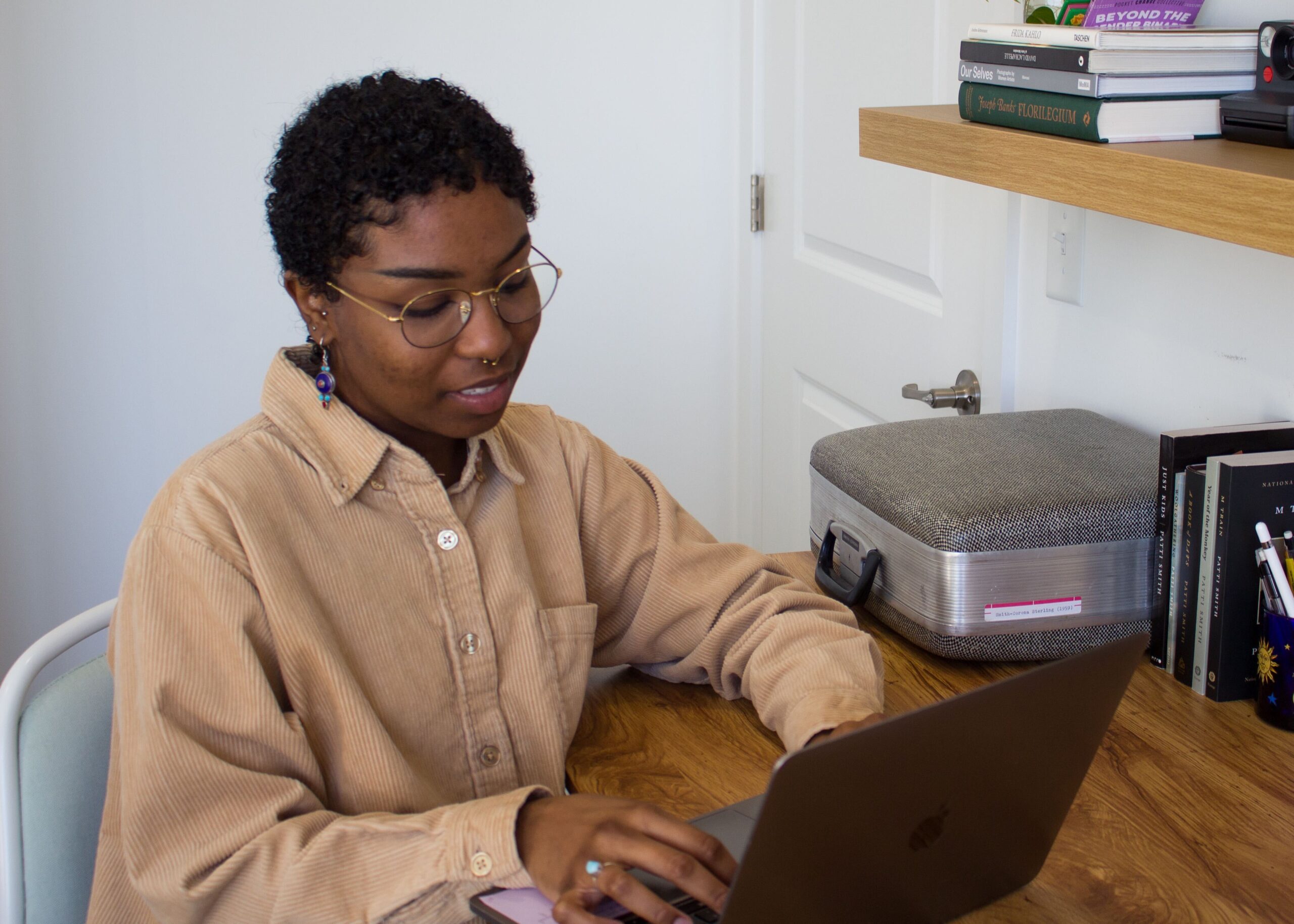
Every person at The Fuller Project has made it very clear that they’re listening and that they value what I have to say.
Karoline Gonzalez
Communications & Marketing Fellow (2022-2023)
Karoline Gonzalez

Q. What led you to apply for the marketing and communications fellowship with The Fuller Project?
A. I learned about the Fuller Project before I graduated in 2022 through a fellowship package that was given to me by one of my program directors at the BOLD Women’s Leadership Network, which I was a part of during my last two years of undergrad. When I researched The Fuller Project, I resonated with the mission of reporting on women, and how that reporting could lead to action or a specific change. There were alot of openings other than communications but I thought at the time communications aligned the most with my journalism degree, and it was something I hadn’t done before. So I was curious about other ways in which I could use my degree.
Q. What has been your favorite project to work on?
A. I think interviewing the reporters who were gathered for the team retreat. At the time, it was nerve wracking, because there wasn’t a lot of time to prepare, but when I think back on it, and I think of us being on set and interviewing the reporters in person, that’s been the most hands on projects that we’ve been able to do, because we are a remote team. I enjoyed the thrill of it, even if at the time it felt scary. Seeing the aftermath of the interviews that we produced being put into our videos was very rewarding.
Q. What was your biggest challenge, and how did you overcome it?
A. So this is not necessarily a task, but more of a personal note—at the start of my time at Fuller, I had a hard time being comfortable just talking in general or voicing my opinions in our meetings, or even on Slack. That comes with my personality and being more introverted. Being a new person in any setting is not the easiest thing but I realized that every person at The Fuller Project has made it very clear that they’re listening and that they value what I have to say, or what anyone else has to say. After I realized that, I was able to put that fear aside, and recognize that we all share the same space and all of our ideas share the same weight.
Q. How did this fellowship change your perception of the communication industry as a whole?
A. During my time at Fuller, I’ve been able to grasp how everything works, especially because it’s my first time working for a nonprofit. But I’ve also been able to learn about other organizations, whether they’re other news organizations or philanthropic organizations. That made me realize that at the end of the day, we’re all working towards our mission, but we need people to amplify that mission. In my day to day interactions, I share with people what I do, because I recognize that as a nonprofit, mission driven organization, we need people to boost our work.
Q. How has this fellowship helped prepare you for your future career?
A. Since I started, I’ve been able to deep dive into Fuller’s journalism, whether that’s working on amplifying our stories through our socials or conducting research to track the impact. I’ve worked on a lot of video projects and an annual impact report. I’ve done team and guest interviews for our core team meetings. So all that to say that Fuller has allowed me to water my creative and professional skills. Now I feel very confident that I can take on leadership roles wherever I go next.
Q. What hard skills have you learned?
A. Definitely researching, because it’s something that we do every day. Looking for things that we may not have the answer to, but knowing where to look and what keywords to use is really helpful. On the creative side, I really enjoy our video projects, both the highly produced projects, and the smaller videos for our social media. Other than that, speaking, whether that’s speaking to my coworkers or in our meetings—that’s huge for me because I’m not the most comfortable public speaker. To be able to carry on meetings and interviews and look back to when I started and see my growth has been very powerful.
Q. How would you describe the organization’s work culture in three words?
A. Actually, I have two words. Supportive and centered. Supportive because everyone is very attentive to what we’re all doing. Some of our colleagues that I don’t get to interact with on a day to day basis will reach out to me to see how I’m doing and to just catch up, so to take that initiative and support me in that way means a lot to me. Especially because we are remote and we don’t get to do that with everybody every day. And centered because everyone is very focused and very well trained in what they do. You don’t see that very often where people come to work, and they love what they do. I can say that every person here, from what I observed, feels very confident in the work culture that we create, and what we’re working towards.
Q. How does The Fuller Project encourage creativity and growth within your role?
A. All of our projects include brainstorming, and I’ve come to realize that’s where I thrive the most – figuring out ways that we can problem solve what we’re working on, or how to carry out our project in the most creative way. But also going back to the short videos that I’ve made, to be able to see them on our social media – on Twitter or Instagram – and then think to myself, woah, “I did that because The Fuller Project trusted me to develop our story in a more visual way for other people to see.”
Q. Looking back, what do you wish you would have known before starting this fellowship?
A. I wish I would have processed how fast a year is because my fellowship is coming to an end and I feel like I just started. But that also goes to show that I’ve had a good experience. I would have told 2022 Karol to watch out because it’s going to go by very fast.
Q. What’s one piece of advice you would give to the next fellow?
A. Take advantage of it and ask a lot of questions. It’s easier said than done and being new in any sort of setting is not easy, but try to push out of that shell and not let that take advantage of the experience that you could be making. And accomplish your tasks with the mentality of leaving a mark so that Fuller, or any organization you work for, can look back and remember how much you contributed to building something bigger.
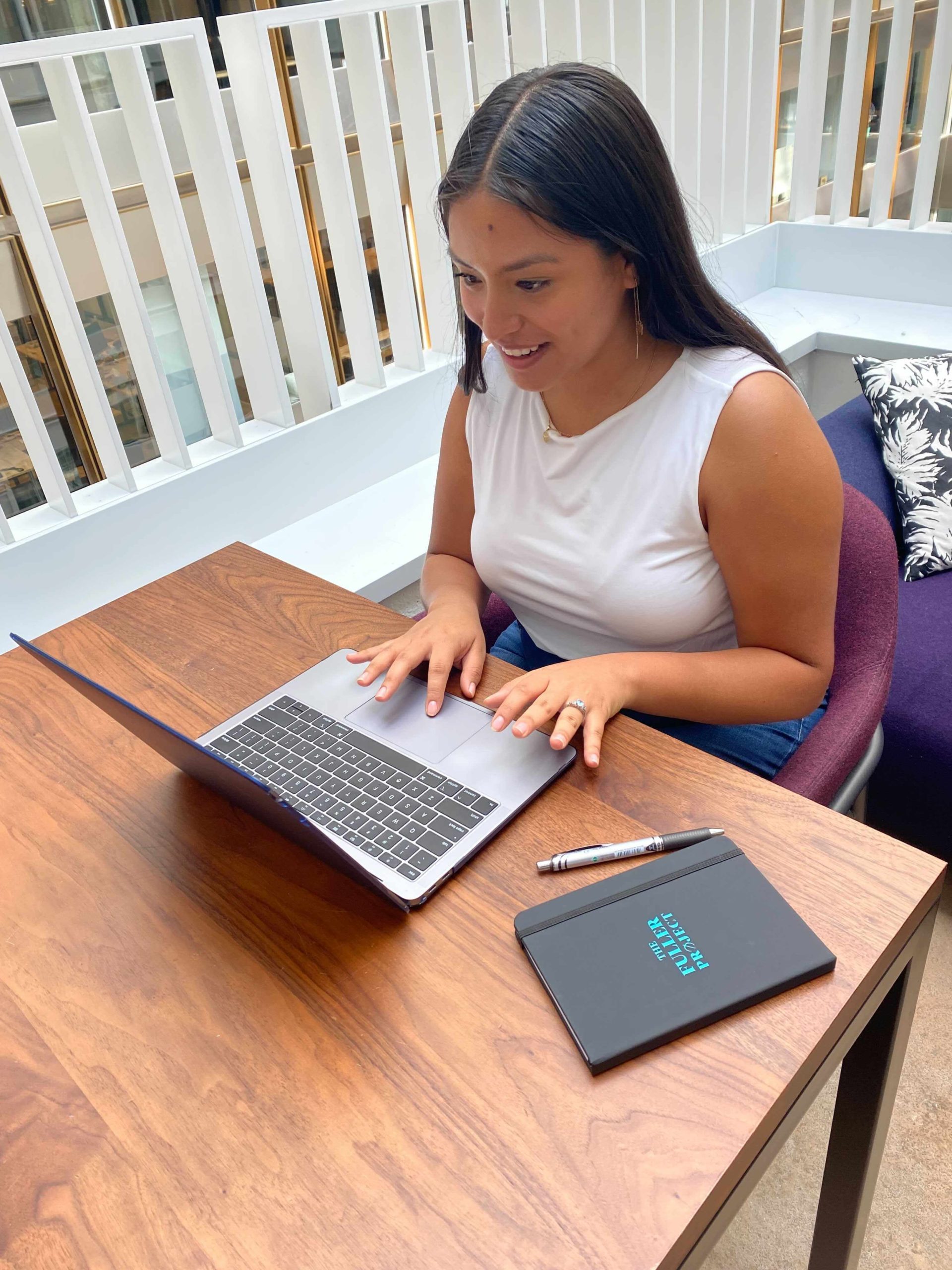
I always feel supported not just with work-life balance, but emotionally and as a human being.
Valeria Popolizio
Business-Development Fellow (2020-2021)
Valeria Popolizio

Q. What led you to apply for the business-development fellowship with The Fuller Project?
When I graduated college I was part of the Bold Women’s Leadership Network, which has a fellowship with The Fuller Project. What really excited me was The Fuller Project’s mission to amplify the voices of women around the world, and it felt so exciting to be there for the first stages of a growing organization. I wanted to be surrounded by other people who wanted to educate, to raise awareness about women and their communities around the world.
Q. What part of your job do you find most enjoyable?
For me, the most enjoyable part is when I can work with people from other parts of the organization. Whether it’s the communications team or the newsroom, I’m always learning something from others. And what’s so exciting, too, is listening to what reporters are working on, what they’re learning, then using that to build on their work: to show it to foundations, to individual donors, and really spread the word of our amazing reporters.
Q. What’s been one of your most challenging tasks to complete and how did you overcome it?
The first grant report I ever wrote. I didn’t have much experience beforehand, but what I loved about learning through that process was that I always had my manager and our leadership to guide me. That’s the great thing about The Fuller Project: everyone is so willing to help each other out and help each other through a new process. They gave me advice and kept a constant feedback loop. I knew that whenever I had any questions, I had support from the team to guide me.
Q. How does The Fuller Project contribute to making sure you maintain a healthy work-life balance?
In a lot of ways! Whenever something comes up in my own life or something happens that might affect me, the leadership team has reached out. They always tell me to prioritize my own mental health and well-being. The team is very open to talking about our personal struggles, and how we can create that work-life balance in a healthy way. I always feel encouraged to take a step back when needed, to ask for help, or to reprioritize tasks. I always feel supported not just with work-life balance, but emotionally and as a human being.
Q. How does The Fuller Project create a welcoming and collaborative environment when team members are located in different parts of the world?
Having joined in September 2020, I still have not met anyone other than my manager in person. You would think that it could get silent sometimes, but I love how we talk to each other on Slack. We have conversations or recommendations of what to listen to and books to read. My favorite thing is when we get to plan out all-team activities: I absolutely love getting to know our teammates more on a personal level, even if it’s just learning about your favorite hobby or your favorite memory. Those small ways to really make human connections, even though for right now, we’re seeing each other through the screen.
Q. You have really become a leader at The Fuller Project in terms of bringing the team together around fun events. Is this just part of who you are? What motivates you to do this?
Part of my job description is to help create a welcoming culture and getting to make those connections for the team. That’s what makes me so excited to be here and what motivates me to do well in a job, making those personal connections. I truly believe that those connections create a sense of belonging and that creates the motivation to do well. I always strive to make fun activities for the team so we all feel connected, aligned in our vision and mission and motivated to keep going because we always have each other.
Q. If you could give one piece of advice to the next business-development fellow, what would it be?
It will really make the most out of your experience to always ask others for help and participate in other parts of The Fuller Project. Everyone on staff has different skills and backgrounds, and they’re always so willing to help. Get their advice, share your own thoughts and always feel comfortable speaking up. What’s great about this position is that you can really make it your own and pursue what you want to gain from the experience. There is so much room to learn. Along the way, you’ll learn about your own strengths and weaknesses and keep growing.
Representation and Inclusion
We believe that we are best equipped to pursue our vision of journalism that fully represents all women when our team, contributor network, freelance network, consultants, and vendors all reflect and represent the wide diversity of lived experiences and identities across society.
Our full-time team identifies 55% Black, Indigenous and people of color, 36% as parents, and 9% LGBTQIA+, as an example. Our wider newsroom team and contributors represent 14+ countries across Europe, South America, Africa, and Asia and 12+ languages. We recognize that this is a good start but always seek to improve. We are continuously assessing the perspectives on the team, missing voices, and how our team and wider network can contribute to our overall diversity.


